Massacre in Khyber Pakhtunkhwa: Pakistani Air Force Bombs Civilians in Tirah Valley, At Least 30 Killed
BY DEFENCE JOURNALIST SAHIL | T.I.N. NETWORK
A horrifying tragedy has struck Pakistan’s Khyber Pakhtunkhwa province as at least 30 civilians, including women and children, were killed when Pakistan Air Force (PAF) fighter jets bombed the Matre Dara village in the Tirah Valley. The incident, which unfolded in the early hours of Sunday morning, has sparked widespread outrage among local communities, fueling anger over the military’s ongoing operations in tribal areas under the pretext of counterterrorism.
The Attack: JF-17 Thunder Jets Unleash Firepower on Civilians
Eyewitness accounts and local reports suggest that multiple sorties of PAF’s indigenously-produced JF-17 Thunder jets struck residential clusters in Matre Dara without warning. Entire mud houses were flattened, leaving scores buried under rubble. The victims included elderly men, women, and children who had no chance of escape.
Local residents described scenes of chaos, with families frantically digging through debris with bare hands to retrieve the bodies of loved ones. Survivors claimed the military provided no prior evacuation notice, despite knowing that the village was heavily populated. “We woke up to the sound of explosions, the sky was filled with fire and smoke, and children were screaming. They bombed us like we were not human beings,” said one survivor, choking back tears.
Background: The Tirah Valley and the Military’s “Operation”
The Tirah Valley, located in the Khyber district of Khyber Pakhtunkhwa, has long been a hotspot of conflict between Pakistani security forces and militant groups. For years, it has witnessed heavy-handed military operations under the garb of counterterrorism, with locals often caught in the crossfire.
The Pakistani Army and Air Force claim that their ongoing campaign targets Tehrik-i-Taliban Pakistan (TTP) militants and their hideouts in the valley. However, independent observers and local rights activists have repeatedly accused the military of indiscriminate bombings and collective punishment, leading to large-scale civilian casualties and displacement.
Sunday’s attack appears to fit into this grim pattern. While military officials insisted that the airstrikes were “precision operations against terrorist hideouts,” local sources and survivors strongly contest the claim, emphasizing that no militants were present in Matre Dara at the time of the bombing.
Casualties and Humanitarian Crisis
Preliminary reports indicate that at least 30 civilians have been confirmed dead, while dozens remain missing. Among the deceased are more than a dozen women and children, with several families reportedly wiped out entirely. The casualty toll is feared to rise as many of the injured, including severely burned victims, are in critical condition without access to proper medical care.
Medical facilities in Khyber district are ill-equipped to handle the sudden influx of casualties. Makeshift clinics run by local volunteers have been set up, but the lack of doctors, medicines, and equipment is aggravating the humanitarian disaster.
Anger and Outrage Among Locals
News of the bombing has triggered widespread anger and condemnation in Khyber Pakhtunkhwa. Villagers in Tirah Valley staged spontaneous protests, chanting slogans against the Pakistani Army and Air Force. Demonstrators carried the shrouded bodies of children as they marched through the valley, accusing the state of committing genocide against its own people.
“This is not counterterrorism, this is butchery,” said a local tribal elder during a protest gathering. “The military has turned our valley into a graveyard. They talk about eliminating militants, but they are eliminating our families.”
Activists also pointed out that Pakistan’s mainstream media has largely ignored the massacre, with limited coverage restricted to brief official statements. Social media, however, is flooded with graphic videos and images from the village, showing destroyed homes and grieving families.
International Silence and Regional Implications
Despite the magnitude of the tragedy, there has been little to no international response so far. Human rights organizations such as Amnesty International and Human Rights Watch have previously raised alarms about civilian casualties in Pakistan’s tribal areas, but global powers have generally refrained from pressuring Islamabad, given its strategic location and role in Afghanistan.
The massacre risks further destabilizing the already fragile Khyber Pakhtunkhwa province, where resentment against the central government and military is growing. Analysts warn that such brutal tactics could fuel recruitment for militant groups like the TTP, which capitalize on local grievances to strengthen their ranks.
Historical Pattern of Civilian Targeting
This is not the first time Pakistan’s security forces have been accused of targeting civilians under the cover of anti-terror operations. In previous campaigns in Waziristan, Swat, and Bajaur, airstrikes and ground operations have killed thousands of non-combatants and displaced entire populations. Human rights defenders argue that the policy of indiscriminate bombings has done little to eliminate militancy and has instead deepened resentment among tribal communities.
The use of the JF-17 Thunder jets—considered a symbol of Pakistan’s military pride—against its own citizens highlights the paradox of Islamabad’s counterinsurgency strategy. While touted as precision platforms, their deployment in heavily populated civilian areas raises serious legal and moral questions about proportionality and discrimination in warfare.
Conclusion: A Valley in Mourning, a Nation in Denial
As the bodies of women and children are lowered into mass graves in Matre Dara, the Pakistani military continues to insist that its campaign is vital for national security. For the people of Tirah Valley, however, the reality is starkly different: the greatest threat to their survival is not the militants the military claims to fight, but the very forces that are meant to protect them.
The massacre in Khyber Pakhtunkhwa is a grim reminder of the cost ordinary civilians continue to pay in Pakistan’s never-ending cycle of militarized operations. Unless there is accountability and international attention, tragedies like Matre Dara will not be the last.
खैबर पख्तूनख्वा में नरसंहार: पाकिस्तानी वायुसेना ने तिराह घाटी के मत्रे दारा गाँव पर बम बरसाए, कम से कम 30 नागरिक मारे गए
BY DEFENCE JOURNALIST SAHIL | T.I.N. NETWORK
पाकिस्तान के खैबर पख्तूनख्वा प्रांत में रविवार को तिराह घाटी एक भयावह त्रासदी का गवाह बनी। मत्रे दारा गाँव पर पाकिस्तानी वायुसेना के जेएफ-17 थंडर लड़ाकू विमानों ने ताबड़तोड़ बमबारी कर दी, जिसमें कम से कम 30 नागरिकों की मौत हो गई। मरने वालों में बड़ी संख्या में महिलाएँ और बच्चे शामिल हैं। यह हमला एक बार फिर सवाल खड़ा करता है कि पाकिस्तान की तथाकथित आतंकवाद विरोधी कार्रवाई का सबसे बड़ा शिकार निर्दोष नागरिक ही क्यों बन रहे हैं।
हमला: जेएफ-17 थंडर से बरसी मौत
स्थानीय लोगों के अनुसार, पाकिस्तानी वायुसेना के कई जेएफ-17 थंडर विमानों ने बिना किसी चेतावनी के मत्रे दारा के रिहायशी घरों पर बम बरसाए। कच्चे मकान पलभर में मलबे में बदल गए और दर्जनों लोग मलबे में दब गए। चश्मदीदों का कहना है कि गाँव में कोई आतंकी मौजूद नहीं था, बावजूद इसके सेना ने गाँव को निशाना बनाया।
“हम नींद से उठे ही थे कि धमाकों की गड़गड़ाहट ने सबको हिला दिया। चारों तरफ आग और धुआँ था। बच्चे चीख रहे थे, महिलाएँ रो रही थीं। हमें इंसान नहीं समझा गया,” एक बचे हुए ग्रामीण ने कहा।
पृष्ठभूमि: तिराह घाटी और सेना की कार्रवाई
तिराह घाटी लंबे समय से पाकिस्तानी सेना और आतंकी संगठनों के बीच संघर्ष का केंद्र रही है। पाकिस्तान दावा करता है कि वह तहरीक-ए-तालिबान पाकिस्तान (टीटीपी) जैसे संगठनों पर कार्रवाई कर रहा है, लेकिन हकीकत यह है कि इन अभियानों में अक्सर सबसे ज्यादा नुकसान स्थानीय आबादी को उठाना पड़ता है।
मानवीय संकट और बढ़ते आँकड़े
प्रारंभिक रिपोर्टों में 30 नागरिकों की मौत की पुष्टि हुई है, जिनमें कई महिलाएँ और बच्चे शामिल हैं। कई घायलों की हालत गंभीर है और इलाके में पर्याप्त चिकित्सा सुविधाएँ उपलब्ध नहीं हैं। स्थानीय लोग अपने हाथों से मलबा हटाकर लाशें और घायल निकाल रहे हैं।
गुस्सा और विरोध
हमले की खबर फैलते ही पूरे इलाके में आक्रोश फैल गया। ग्रामीणों ने शवयात्रा के दौरान नारेबाजी की और पाकिस्तानी सेना तथा वायुसेना को जिम्मेदार ठहराया। एक बुज़ुर्ग जनप्रतिनिधि ने कहा, “यह आतंकवाद के खिलाफ युद्ध नहीं, यह हमारे परिवारों का कत्लेआम है।”
सोशल मीडिया पर वीडियो और तस्वीरें वायरल हो रही हैं, जिनमें तबाह घर, खून से लथपथ बच्चे और चीखते-चिल्लाते लोग नजर आ रहे हैं।
अंतरराष्ट्रीय चुप्पी
अब तक किसी बड़े अंतरराष्ट्रीय संगठन या ताकतवर देश की तरफ से इस हमले पर प्रतिक्रिया नहीं आई है। लेकिन विश्लेषकों का मानना है कि ऐसे हमले स्थानीय जनता के भीतर गुस्सा और असुरक्षा की भावना को और भड़का देंगे, जिससे आतंकवादी संगठनों को भर्ती के लिए और ज़्यादा जमीन मिल जाएगी।
नतीजा: एक घाटी शोक में डूबी, राष्ट्र इनकार में
मत्रे दारा गाँव अब सामूहिक कब्रगाह में बदल चुका है। पाकिस्तान सेना भले ही इसे सुरक्षा अभियान करार दे, लेकिन स्थानीय लोगों के लिए यह सरकारी दमन और निर्दोषों की हत्या का प्रतीक बन चुका है। यह नरसंहार दर्शाता है कि पाकिस्तान की सैन्य रणनीति न केवल विफल है बल्कि अपने ही नागरिकों के खिलाफ खूनखराबे में बदल चुकी है।
https://twitter.com/DefenceSahil/status/1970065669866828202?t=xvZOHdr9o4IuMbkJieoWUA&s=19
https://twitter.com/DefenceSahil/status/1970065669866828202?t=awh5ctMVkdTGTglY64OZWA&s=19


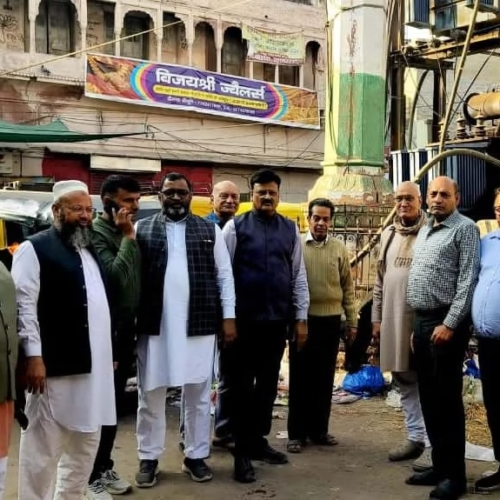
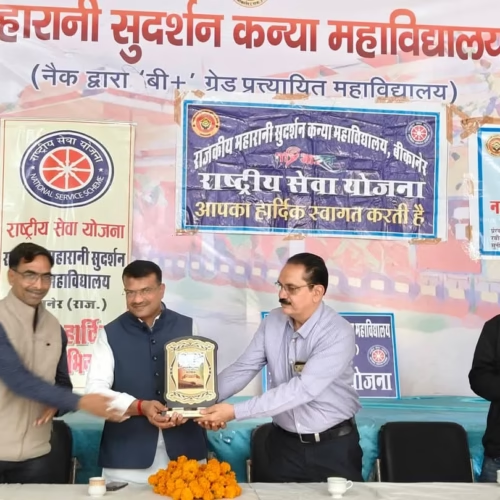
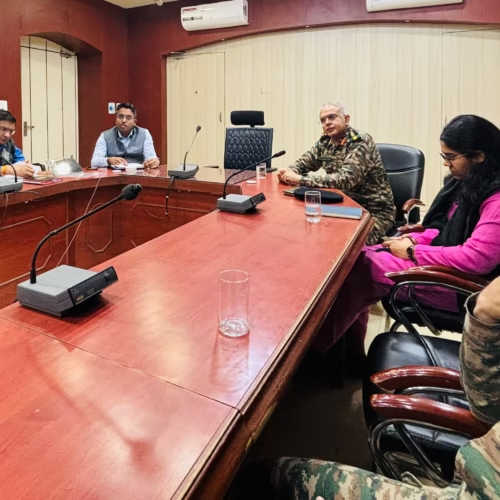
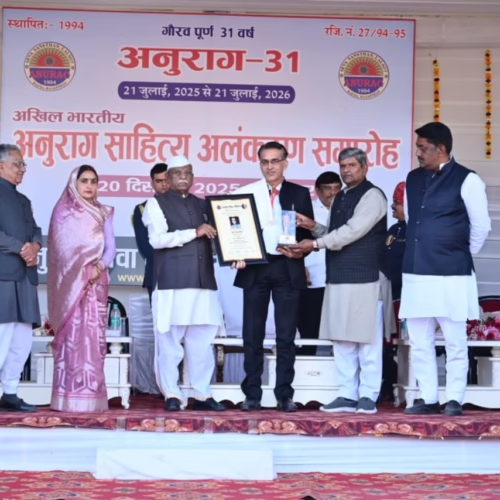




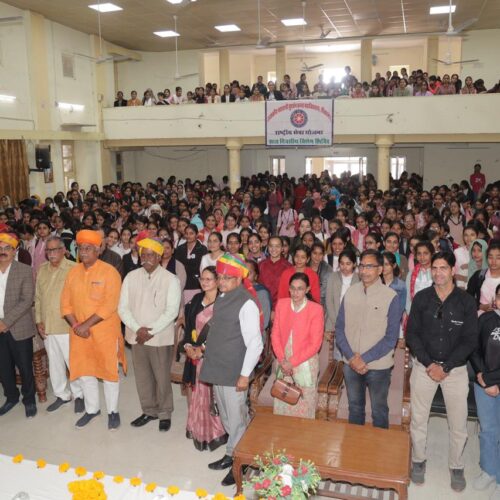







Add Comment